Wild West Words: Hobo, Wrong Side of the Tracks, Hi-Line
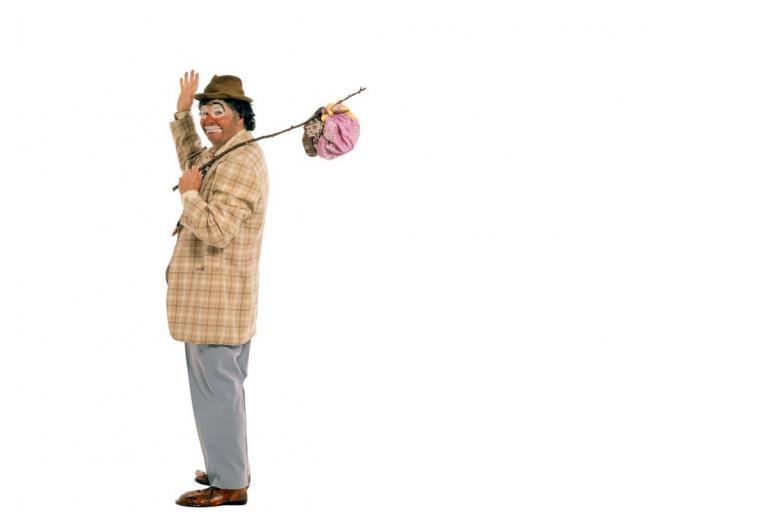
HOBO
In caricature, his shabby hat slouches over a whiskered face; a stubby stogie dangles between his lips. A bindle stick is slung across a shoulder and tattered pants brush the tired shoes that carry him down a road to the next town.
We’ve all seen cartoons like this of the American hobo, that nomadic Knight of the Road who’s been caricatured, mythologized and romanticized for a century and a half now. Between the Civil and the second World Wars, hobos—displaced workers and freedom seekers— roamed the American rails and roads. Some hobos built the railroads that opened the American frontier while those on the road sought seasonal work in lumber camps, orchards and construction sites.
The 19th and 20th-century hobo life has been amply recorded in photo, song and story, but the origin of the moniker hobo is elusive. We know a little of its chronology. Hobo began appearing in print in the late 1800s in Pacific Northwestern newspapers. A November 1889 publication of the Ellensburg (Washington) Capital, reported, “The tramp has changed his name… and now he is a ‘Hobo’.”
That upper-case initial letter gives it the look of a proper name, perhaps one that tramps adopted for themselves. The source of that name has been debated amongst word watchers for decades.
Some think hobo is another pronunciation of hoe-boy, as many 19th century itinerates were migratory field hands.
Another idea takes the word from the first letters of the phrase homeward bound, a supposed claim of many Civil War veterans seeking adventure and a little money before returning home to a more sedentary life. Probably the most reasonable conjecture involves one vagrant hailing another with “ho, Beau!”, a sardonic greeting meaning something like “hey there, handsome,” when outsiders considered them anything but.

WRONG SIDE OF THE TRACKS
In most American cities, the so-called wrong side of the tracks is the least desirable part of town. It’s a place to avoid after dark, and the neighborhood you’d rather be from, than move to. What makes one side of the tracks “wrong” and the other side “right?”
Towns that emerged along American railroad lines in the 19th and 20th centuries were frequently divided, by the tracks themselves, into rich and poor sections.
In thousands of railroad settlements, the less desirable real estate was often determined by the prevailing winds that carried the smoke, noise and odor of the train’s engine and cargo into a specific locality. The downwind neighborhood was an unpleasant place to set up housekeeping, and ultimately became the wrong side of the tracks. Meanwhile, the wealthy and affluent built homes and businesses on the right or good side, upwind of the rail stop.
American writer Thorne Smith provided one of the first citations of this expression in his 1929 novel The Stray Lamb. “In most commuting towns,” he wrote, “...there are always two sides of which the tracks serve as a line of demarcation. There is the right side and the wrong side… this means, the rich side and the side that hopes to be rich.”
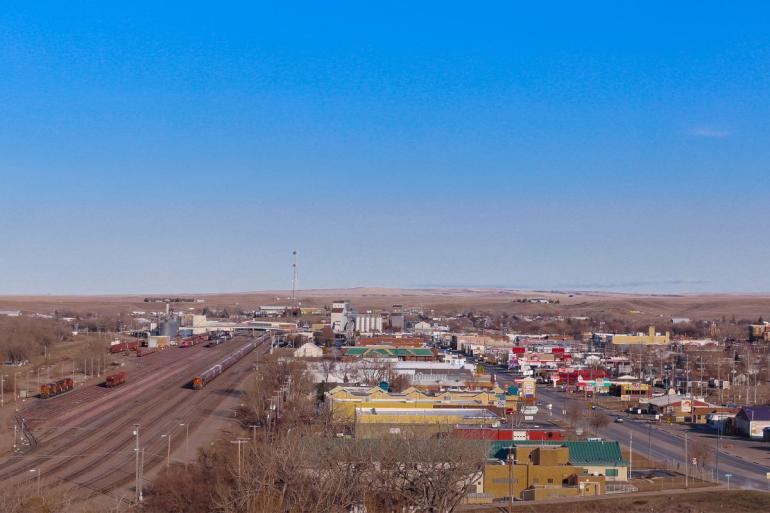
HI-LINE
Canadian-American railroad tycoon James J. Hill completed his transcontinental railroad in 1893. Carving a route from St. Paul to Seattle, Hill’s Great Northern Railway cut across Montana’s northern tier. This line connecting two bustling American cities brought settlers from as far away as Germany, Italy, Scandinavia and Scotland who were eager to claim homesteads on the prairie.
Towns with names evoking European centers of civilization sprang up along the Great Northern Railway. The Montana rail stops of Brockton, Glasgow, Malta, Havre, Zurich, and Dunkirk beckoned immigrants to come, stay, and settle, though those burgs bore no resemblance to the originals.
And settle they did. Today, rail towns from Bainville in eastern Montana to Browning in the west are home to descendants of 19th century homesteaders as well as indigenous people who’ve been there for millennia.
Folks living on this east-west prairie stretch of Montana are Hi-Liners, with their own sense of cultural and geographical identity. Because James Hill’s Great Northern Railway (now a part of the BNSF Railway system) was, and still is, America’s northernmost transcontinental railway, it is known to this day as the Hi-Line. Spelled exactly like that.
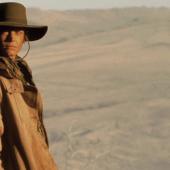
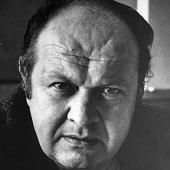
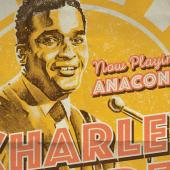
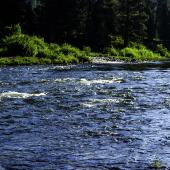
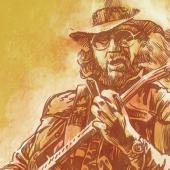
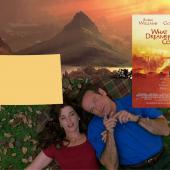

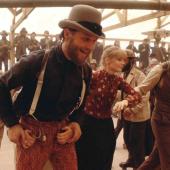
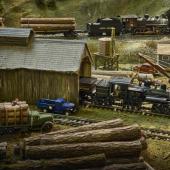
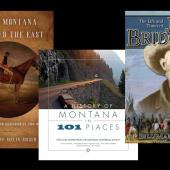
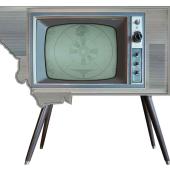

Leave a Comment Here